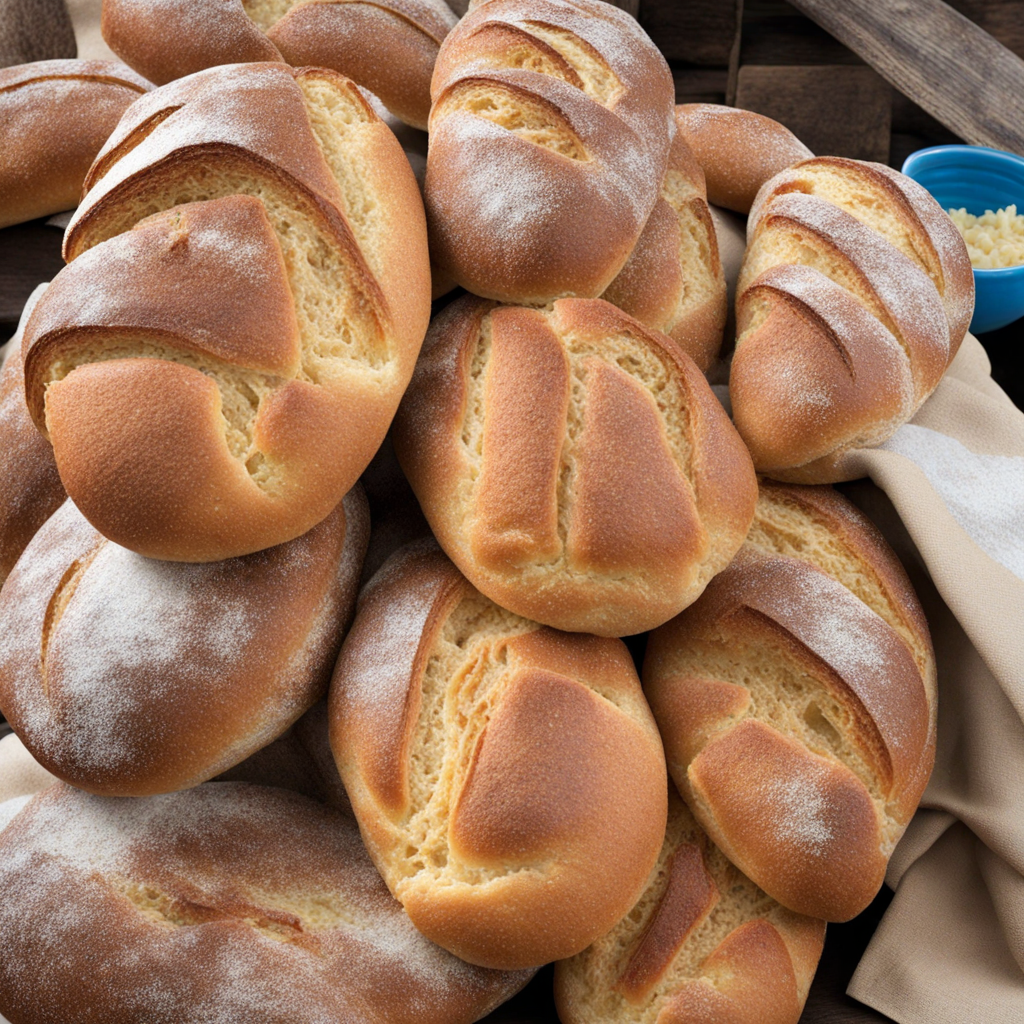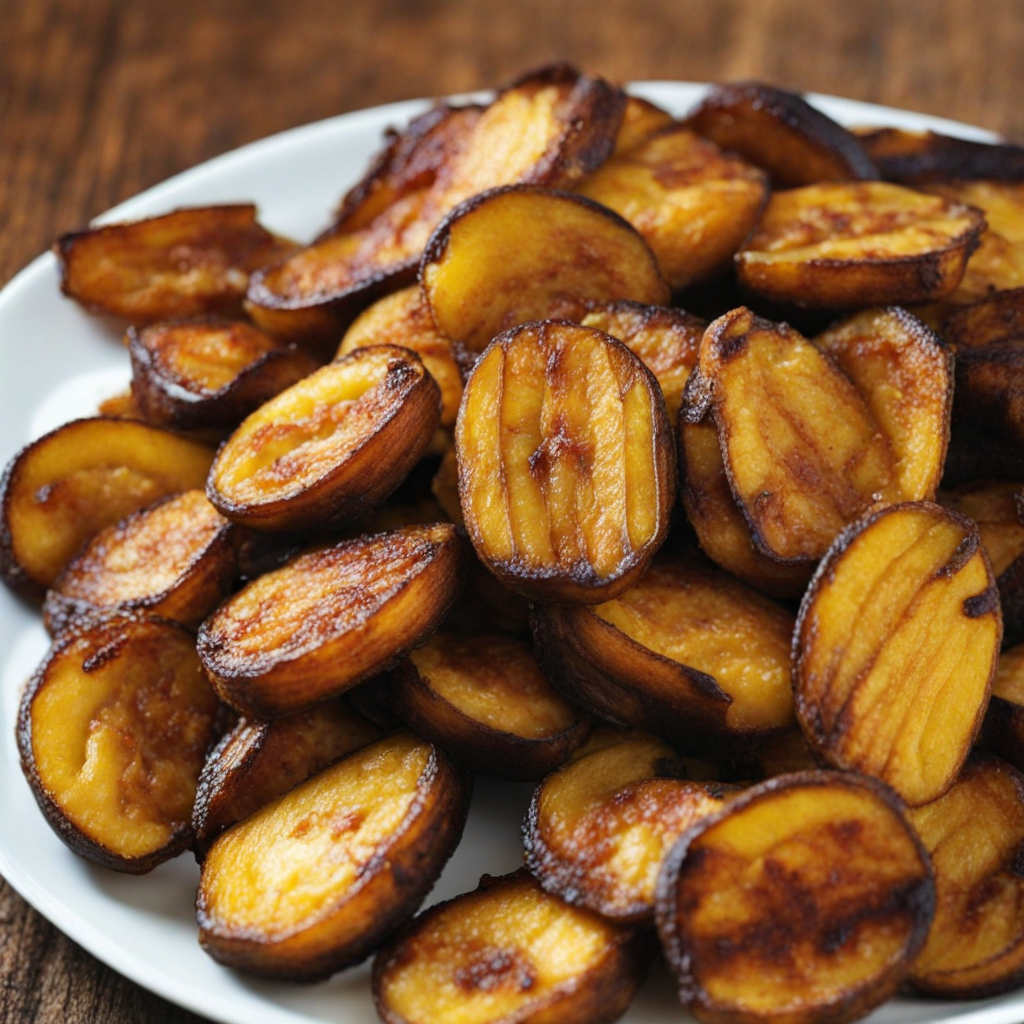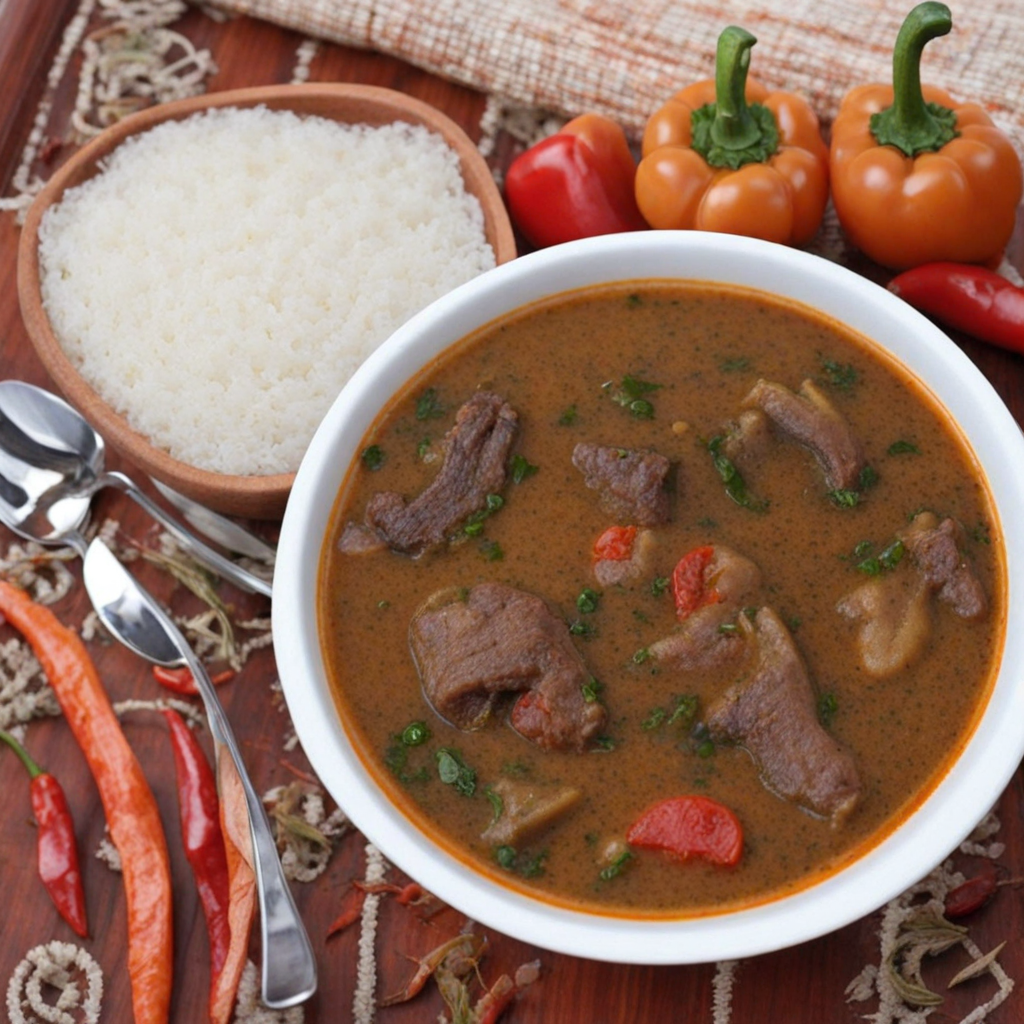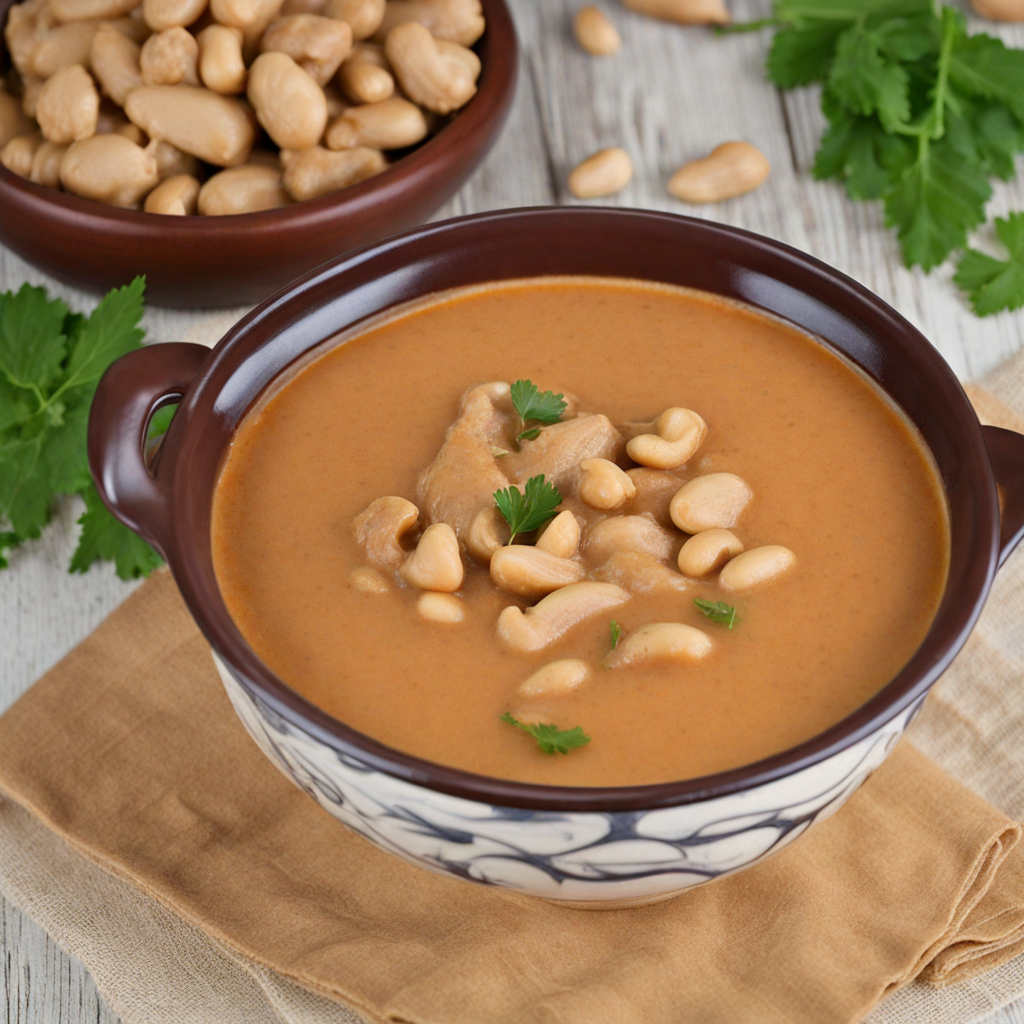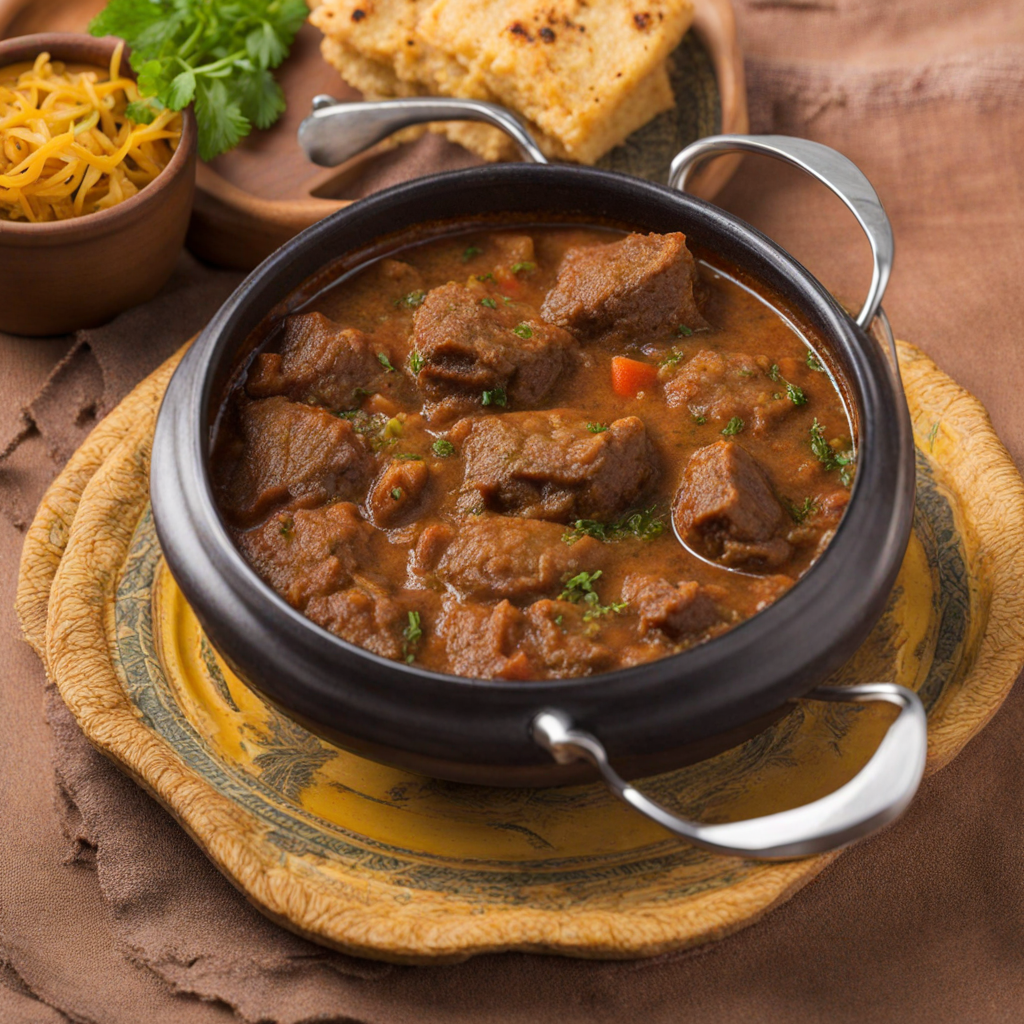Tapalapa Bread
Tapalapa Bread is a traditional Guinean staple that embodies the rich culinary heritage of West Africa. This unique bread is made from a simple blend of ingredients, primarily flour, water, and yeast, which come together to create a slightly dense yet wonderfully chewy texture. The process of making Tapalapa is an art in itself, often involving hand-kneading and a slow fermentation method that allows the flavors to develop fully. Its crust is typically golden brown and crispy, offering a delightful contrast to the soft and airy interior that awaits beneath the surface. One of the most appealing aspects of Tapalapa Bread is its versatility. It serves as a perfect accompaniment to a variety of dishes, from hearty stews and soups to grilled meats and vegetables. The bread’s mild flavor profile allows it to absorb the savory juices of accompanying meals, enhancing the overall dining experience. In many households, it is common to tear off pieces of Tapalapa and use them to scoop up flavorful sauces, making each bite a delightful interaction of textures and tastes. Beyond its culinary uses, Tapalapa Bread holds cultural significance in Guinea, often being shared during communal meals and celebrations. Its preparation can be a communal activity, bringing families and friends together in the kitchen. As you bite into this bread, you not only indulge in a delightful taste but also partake in a tradition that has been cherished for generations, connecting you to the heart of Guinean culture and its warm hospitality.
How It Became This Dish
The Culinary Journey of Tapalapa: A Traditional Bread from Guinea Origins Tapalapa, a traditional bread from Guinea, is emblematic of the country’s rich culinary heritage and cultural identity. Its roots can be traced back to the indigenous peoples of West Africa, where staple foods often revolved around grains and tubers. The word "tapalapa" is derived from the Malinke language, highlighting the bread's connection to the Mandé people, who are one of the major ethnic groups in Guinea. Historically, the primary ingredients in tapalapa include millet, sorghum, or maize, which are cultivated widely in the region. The use of these grains reflects the agricultural practices of the local communities, who have depended on these crops for sustenance for generations. The preparation of tapalapa is a testament to the resourcefulness and ingenuity of the Guinean people, who have mastered the art of bread-making using locally available ingredients. Cultural Significance Tapalapa is much more than just a food item; it holds a central place in the social and cultural fabric of Guinea. Traditionally, it is served during communal gatherings and celebrations, signifying unity and togetherness. The act of breaking bread is a universal symbol of hospitality and friendship, and in Guinea, tapalapa embodies this spirit. It is often accompanied by a variety of stews or sauces, making it a versatile staple that complements a range of dishes. In rural communities, tapalapa is often prepared by women, who pass down the techniques of its production from generation to generation. This practice not only strengthens familial bonds but also reinforces the role of women in preserving the culinary heritage of their communities. The making of tapalapa can be a communal event where women gather, share stories, and teach younger generations the art of bread-making while reinforcing their cultural identity. Tapalapa is also an essential part of religious and cultural ceremonies in Guinea. During significant events such as weddings, naming ceremonies, and harvest festivals, tapalapa is often featured prominently on the table. Its presence at such gatherings symbolizes abundance and the sharing of blessings among family and friends. Development Over Time As Guinea has evolved through the years, so too has the preparation and consumption of tapalapa. Historically, the bread was made using traditional techniques that involved grinding grains with mortar and pestle and fermenting the dough in a natural environment. The fermentation process is crucial, as it not only enhances the flavor but also improves the bread's texture. The dough is then shaped into round loaves and baked in an open fire or on hot stones, giving tapalapa its characteristic smoky flavor. With the advent of modern technology and the globalization of food culture, the preparation of tapalapa has seen some changes. While many still adhere to traditional methods, urbanization has led to the introduction of commercial flour and baking techniques that make the process easier and quicker. However, this shift has not diminished the cultural significance of tapalapa; rather, it has allowed for a broader appreciation and accessibility of the bread within and outside of Guinea. The rise of globalization has also brought about a fusion of culinary traditions, and tapalapa is no exception. Chefs and food enthusiasts around the world have begun experimenting with the bread, incorporating it into various international cuisines. Tapalapa can now be found in modern restaurants in Guinea and abroad, often served alongside gourmet dishes that celebrate its versatility. Despite these changes, the essence of tapalapa remains intact. It continues to be a symbol of Guinean identity and pride, reminding people of their roots while also adapting to contemporary tastes and trends. The bread has become a culinary ambassador for Guinea, showcasing the richness of its culture to the world. Conclusion Tapalapa is more than just a bread; it is a cultural artifact that encapsulates the history, traditions, and identity of the Guinean people. Its origins in indigenous agricultural practices and its role in communal gatherings highlight its significance as a staple food that fosters unity and connection. As Guinea navigates the complexities of modernity, tapalapa has managed to maintain its relevance, adapting to new influences while preserving its traditional roots. Today, tapalapa stands as a testament to the resilience of Guinean culture, representing a bridge between the past and the present. Whether enjoyed in the heart of a bustling city or in a rural village, tapalapa continues to nourish both the body and the spirit, inviting all who partake in it to celebrate the vibrant culinary traditions of Guinea. The story of tapalapa is a celebration of community, heritage, and the enduring power of food to bring people together.
You may like
Discover local flavors from Guinea


